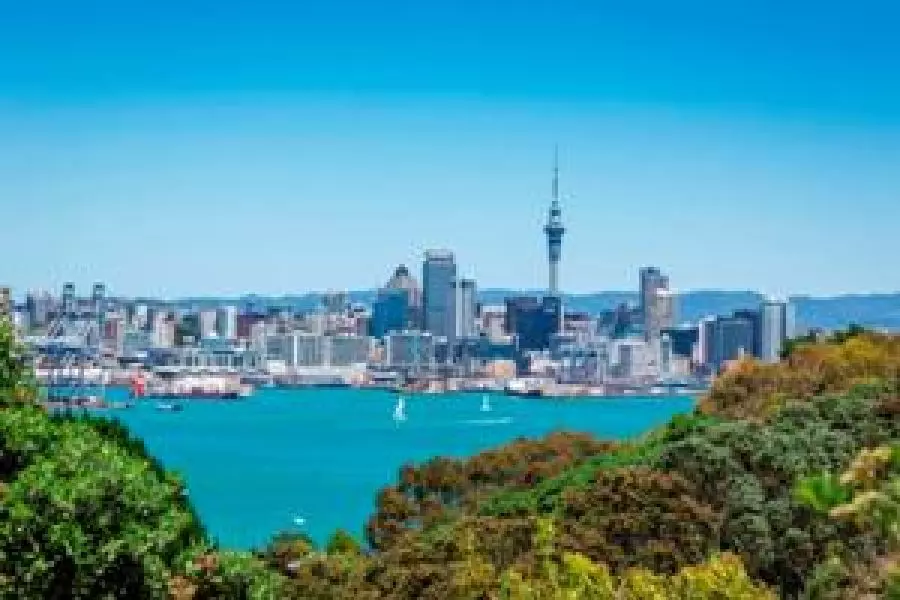News
More options for buyers

Thursday 1st of December 2016
The website’s market statistics for the three months ending November 30 shows a comparative cooling in demand across the main centres – but particularly in Auckland.
Demand was measured by comparing the average number of views per listing for September, October and November 2016 to those in the same period in 2015.
Realestate.co.nz CEO Brendon Skipper said this revea...
Want to read the full article?
Click the button below to subscribe and will have unlimited access to full article and all other articles on the site.






![[The Wrap] Bye Bye Bayly](https://goodreturns.publit.io/file/c_fill,w_900,h_600/39f23ac1-f7c7-4854-b700-a150004ebbac.webp)


